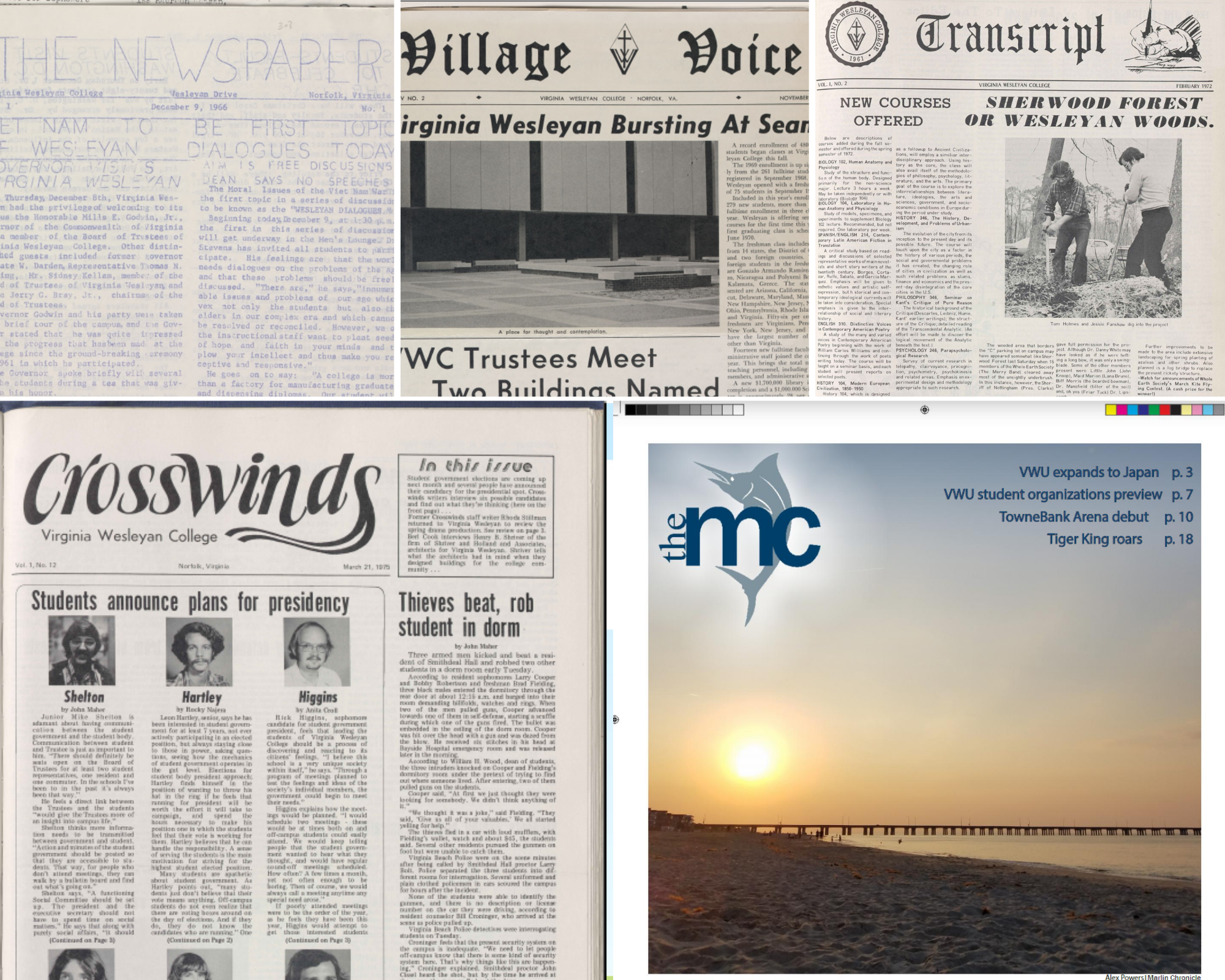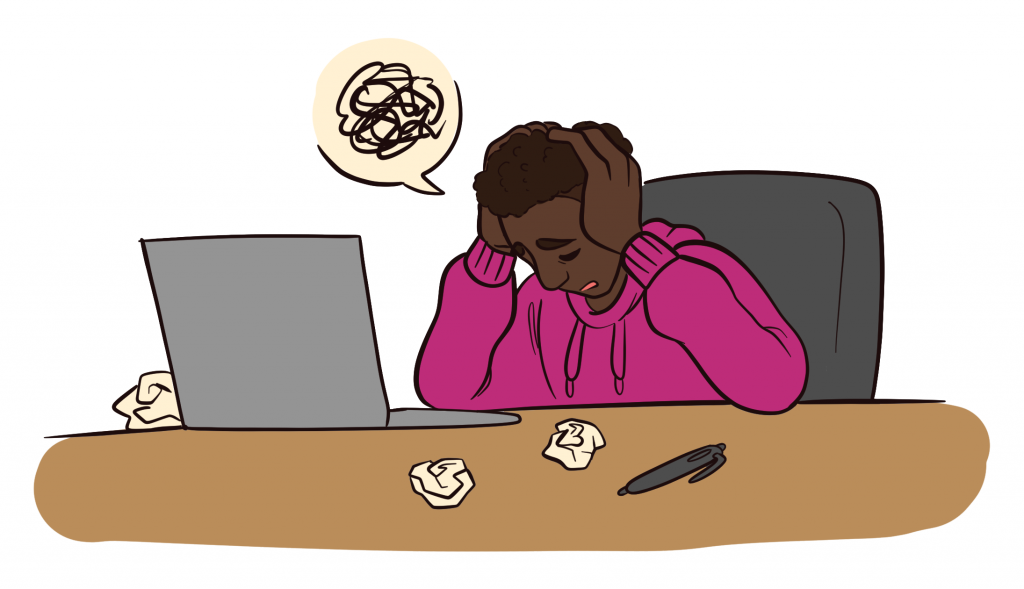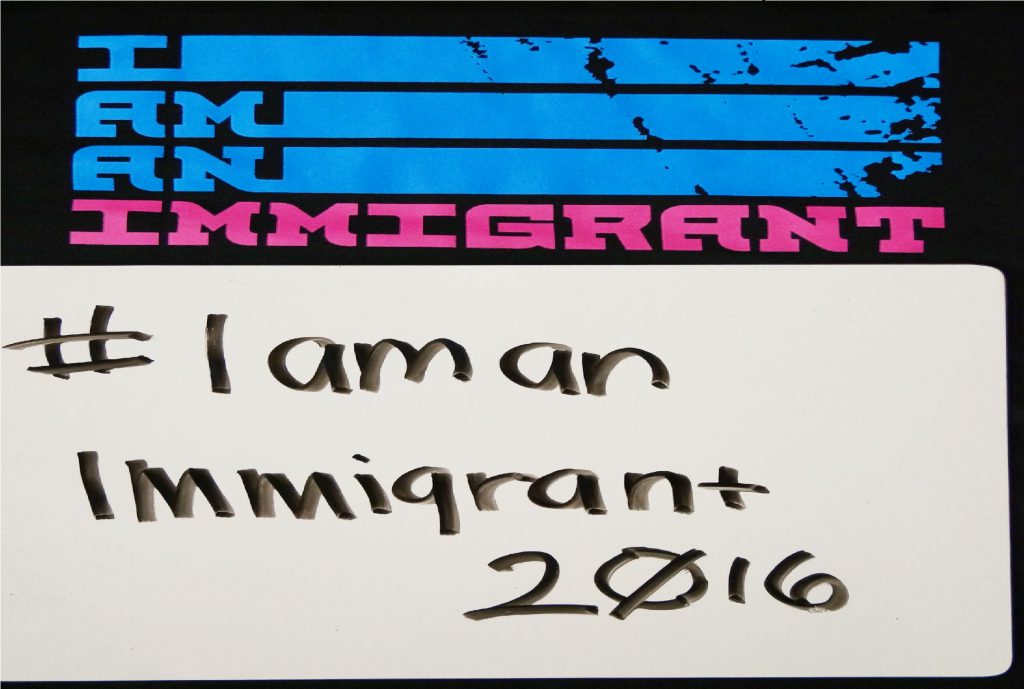A reflection of the student newspaper at Virginia Wesleyan from 1966 through 2020.
The Marlin Chronicle has only existed at Virginia Wesleyan since 1981, but before then, the university newspaper held several different names: “The Newspaper” (1966), “The Village Voice” (1967-1971), “Transcript” (1971-1974), “Crosswinds” (1974-1981) and “Marlin Chronicle” (1981-present). Like most university newspapers, the paper at Virginia Wesleyan has done its duty to educate students and faculty about developments on campus, current events and student concerns. Virginia Wesleyan University has kept a sophisticated online archive full of history and of each newspaper issue.
The first newspaper, titled, “The Newspaper” was published on Dec. 9, 1966, containing stories regarding a visit from Virginia’s Governor, Vietnam, class elections, sports and freshman class dues, which were only $6.00. According to one of the stories, “Virginia Wesleyan had the privilege of welcoming to its campus the Honorable Mills E. Godwin, Jr., Governor of the Commonwealth of Virginia and a member of the Board of Trustees of Virginia Wesleyan College … Governor Godwin and his party were taken on a brief tour of the campus, and the Governor stated that he was quite impressed with the progress that has been made at the college since the ground-breaking ceremony in 1961 in which he participated.” This is quite interesting to learn that a Governor visited campus in its early years of existence. Readers may recognize the name Godwin from a building on campus, which contains the financial aid and enrollment office.

In 1967, the paper was renamed “Village Voice.” A particular issue under this name that is incredibly interesting is from November 3, 1969. The headline on the first page is “Virginia Wesleyan Bursting At Seams,” for which the article describes the growing number of students. This was also the first year where Wesleyan offered senior level courses. “A record enrollment of 480 fulltime students began classes at Virginia Wesleyan College this fall. The 1969 enrollment is up significantly from the 261 fulltime students who registered in September 1968.” This is much different from the present day, as VWU annually enrolls approximately 1,500 students in undergraduate, graduate and online programs.
An additional piece of writing is political commentary on the second and final page of this 1969 issue. Contributor Jeff Tillman wrote about the Vietnam Moratorium. His reflection included, “Much can be said for the effects of the Vietnam Moratorium, whether one agrees with the views presented or not. Such an assembly of people can only serve the ultimate public good, inasmuch as all sides of an issue can be thoroughly presented and discussed. Those who dismiss a sincere demonstration of this sort as being anti-American could not be farther from the truth. As Robert Kennedy once said: ‘The deepest criticism often comes from the deepest idealism and love for one’s country.’ The question is not really whether one agrees or disagrees with the Vietnam war; the purpose of a demonstration of this sort is to get people to think,” Tillman said.
Contributors Rick McDonald and Robert Hildneth wrote a much different piece in the political commentary section. They titled it “Get Together,” and explained their support for fighting in Vietnam. They said, “The anti-Vietnam movement that is raging in our nation today is inserting a fatal dagger into one of the last strongholds of freedom in the world-America … The issues at hand are being confused and discolored by those who fail to see the true purpose of our involvement, not only in Vietnam, but West Germany, Laos, Nationalist China and South Korea. The Communist threat is NOT a myth.”
They continued with asking if the people of America, whose loved ones died in Vietnam, South Korea, and World War II should allow their lives to be spent in vain. “Their lives must not be forgotten. Our future must not be sacrificed and the strength of our convictions must not waver. The question is: Are we, the people, going to remain inactive and allow the rudimentary beliefs of our nation to be destroyed?” Hildneth and McDonald concluded with this statement. “The lack of communication among all citizens, young and old alike, must be replaced by a tightly knit, well informed, active barrier to keep such sacred institutions as colleges and universities free from disruption and anarchy and retain the dynamic ideals of freedom safe for those who desire it.”

In 1971, the paper changed its name to “Transcript.” The second issue, which was published in February 1972 contains a noteworthy letter from the editor. Editor Roy White wrote about a new political science course that was offered that involved students in a massive voter registration drive in the inner city of Norfolk. It was directed by students and faculty as well as the local chapter of the Southern Christian Leadership Conference. The purpose of this drive was to provide an opportunity for residents of Norfolk’s inner city to register to vote, so they could participate in the 1972 elections.

The name of the paper changed in 1974 and was called “Crosswinds.” An article about an influential man on campus appeared in the paper issued on March 21, 1975. The story is titled “They call him the Ticket Monster” and is written by Bill Yeates. According to the story, every morning at 7:45 he arrives at the college and “grabs his tools of trade; a pencil and some blue tickets.” This man was in charge of handing out parking tickets. His name was Vaughn Munford but was often called “Munford, the old man, Pappy, or that man who gives tickets.”

In 1981, the paper made its last name change when it became the “Marlin Chronicle.” As seen through each of these articles, in ordinary times or during a national crisis, the newspaper at Virginia Wesleyan has served its purpose of providing information to its readers.

Connor Merk
ccmerk@vwu.edu



